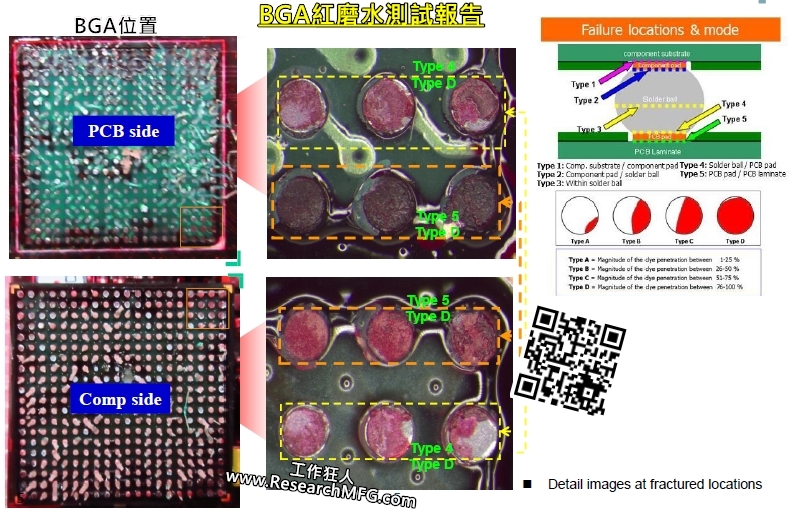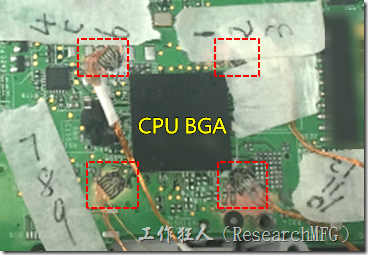
The Red Dye Penetration Test also known as Red Dye, is a technique used to inspect for surface-mount technology (SMT) defects such as voids or micro-cracks in the soldering of electronic components. It is a destructive test typically used on the SMT of printed circuit board (PCB) assemblies, and can assist engineers in verifying the quality of electronic component soldering.
Because the Red Dye test is a destructive experiment, it is typically only used on assembled PCBs (printed circuit boards) that cannot be inspected for issues using other non-destructive methods. Additionally, it is almost exclusively used for analyzing ICs (integrated circuits) with BGA (Ball Grid Array) packaging because the solder joints are located beneath the component and cannot be visually inspected using optical instruments.




